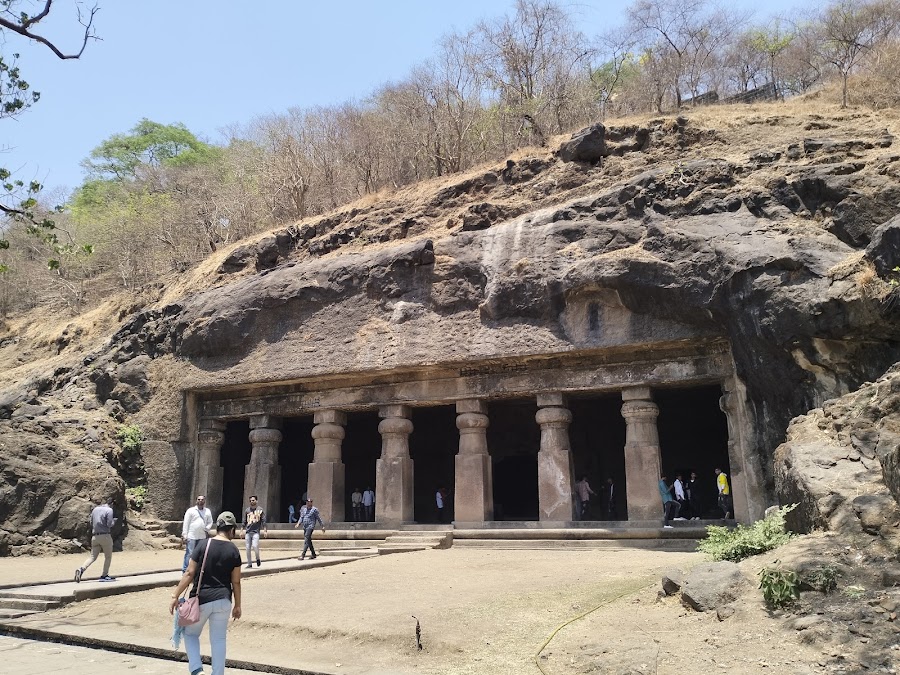
Elephanta Caves
Mumbai, India
- Explore the main cave and admire the Trimurti sculpture
- Hire a guide to learn more about the caves
- Learn about the history and significance of the caves
- Take a ferry to the island and enjoy the scenic views
- Take photos of the beautiful sculptures and architecture
- Visit the smaller caves and see other sculptures
Known for:
Description:
The Elephanta Caves are a collection of cave temples dedicated primarily to the Hindu god Shiva. Located on Elephanta Island, or Gharapuri (literally "the city of caves"), in Mumbai Harbour, 10 kilometers (6.2 mi) from the city of Mumbai, India. The rock-cut cave temples are on the island and are a UNESCO World Heritage Site. It is also one of the top tourist destinations in Mumbai. The caves are hewn from solid basalt rock. The main cave, also called the Great Cave, is dedicated to Lord Shiva and houses several rock-cut stone sculptures. It is believed that the caves were built between the 5th and 8th centuries by the Kalachuri dynasty. The Portuguese, who arrived in the 16th century, named the island "Elephanta Island" after a large stone elephant statue that they found near the entrance of the caves. The statue was later moved to the Jijamata Udyaan zoo in Mumbai. The caves are a popular tourist destination and are visited by thousands of people every year.
History:
Believed to have been sculpted between the 5th and 8th centuries, the Elephanta Caves showcase a blend of Hindu and Buddhist rock-cut architecture. Though their creators remain uncertain, some scholars attribute them to the Kalachuris, while others suggest the Konkan Mauryas or Rashtrakutas. The caves suffered significant damage under Portuguese rule, with sculptures defaced and used for target practice. Restoration efforts began in the mid-20th century, leading to their designation as a UNESCO World Heritage Site in 1987. The main cave, Cave 1, is renowned for its impressive depictions of Shiva, including the iconic Trimurti, a three-faced bust representing three essential aspects of Shiva: creation, preservation, and destruction. Despite the damage, the remaining sculptures and the overall architecture continue to inspire awe and provide valuable insights into India's rich artistic and religious history.